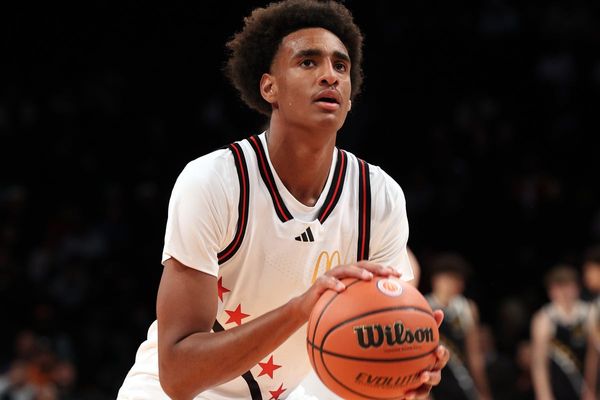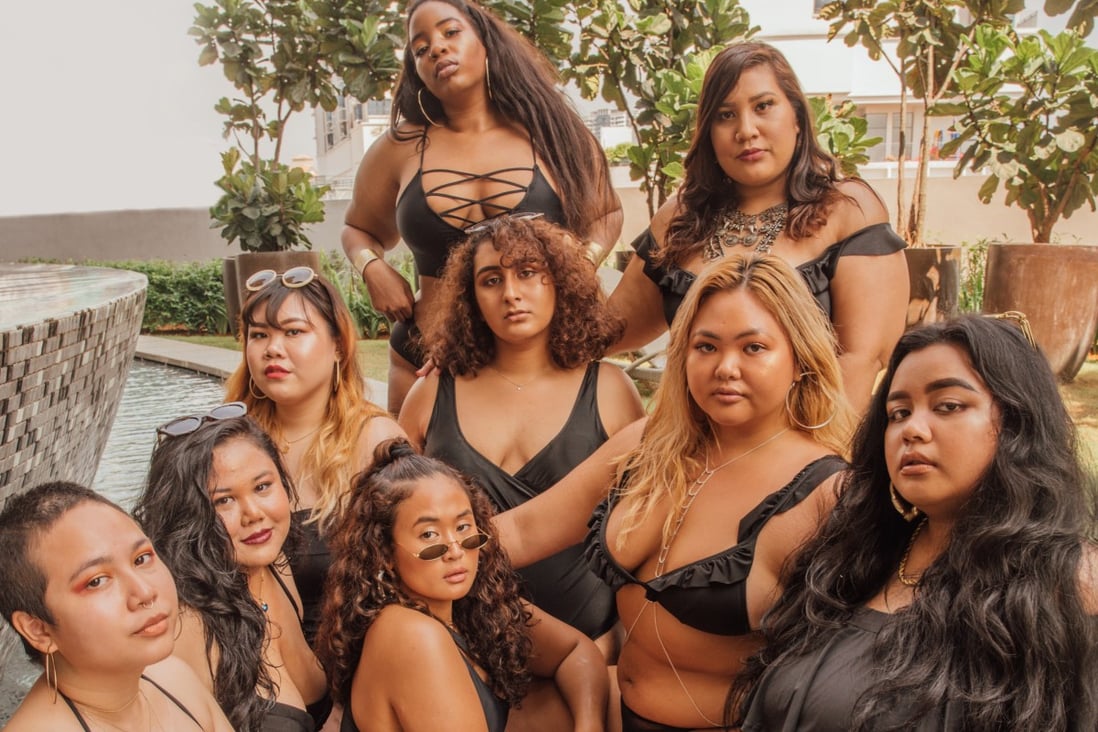
Bertha Chan is a regular at plus-size fashion shows. From her native Hong Kong to Norway, this advocate for self-love has travelled the world to attend the events of a community she considers herself part of. But one of her trips to the United States exposed an unexpected problem.
Chan’s American friends refused to acknowledge her as part of the plus-size community. To them, she was “curvy”, “chubby”, but not big enough to claim the title of “plus-size”, she explained.
“I’m smaller than them, so they put me in another category,” Chan says. “But I struggle the same as they do, just in a different culture. I’m considered huge in Hong Kong.”
Despite the growth of body acceptance and inclusivity movements, some stereotypes remain – and it’s because plus-size Asians are not given enough visibility. “When Western plus-size models reject us, it’s perpetuating the false stereotype that all Asian women are petite. It’s pure hypocrisy,” says Jemma Park, a singer and plus-size model from South Korea.
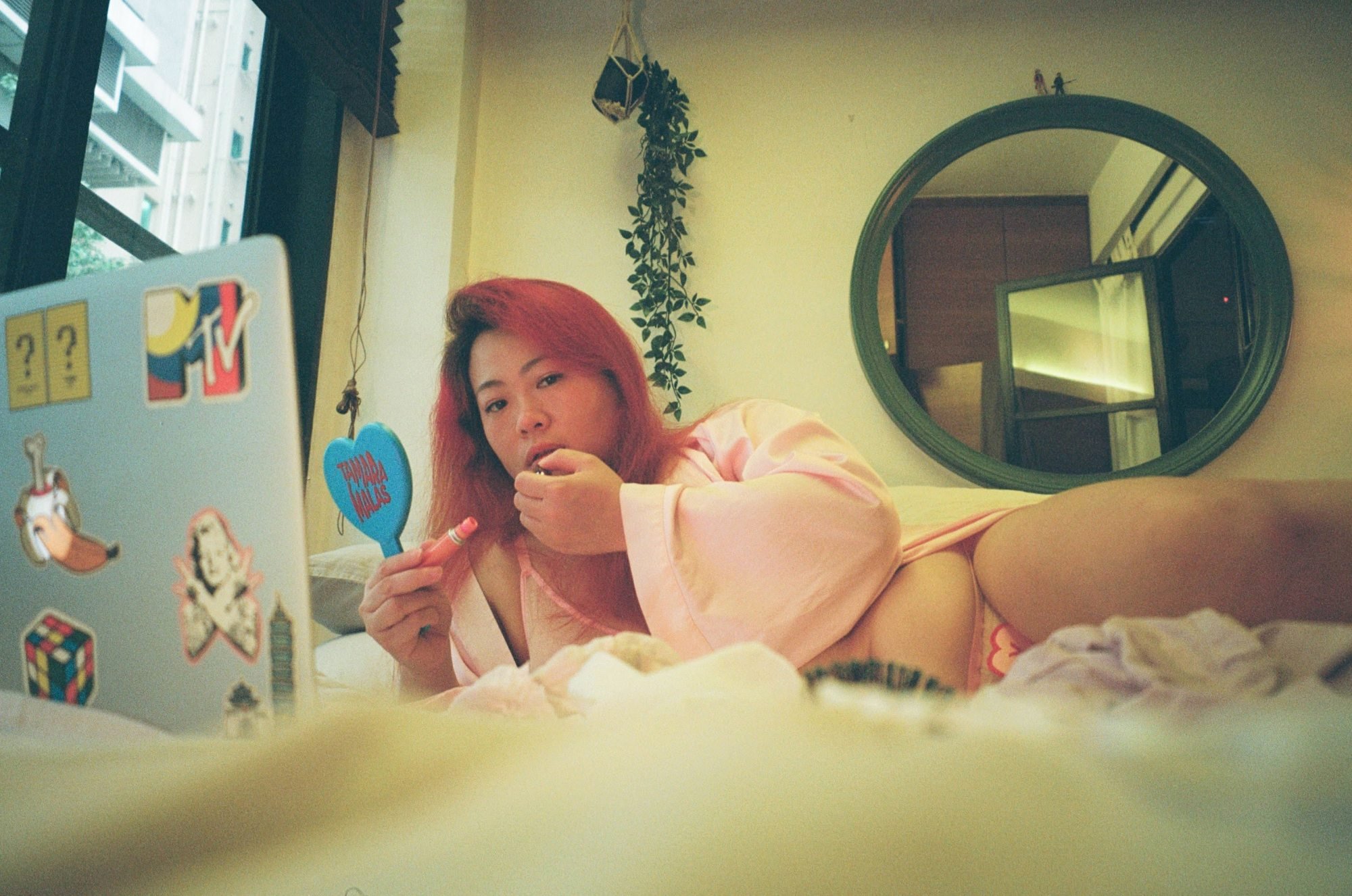
As a large woman, Park has difficulties being recognised as a model locally. In a country where medium size is almost nonexistent in apparel stores, finding contracts to advertise larger ones is even rarer. “South Korea’s beauty standards are so rigid that I’m considered an outsider, just because of my weight.”
Park implied that appearances rule social integration in the country. School bullying and discrimination in the job market sadly became an expectation for people who “do not fit in”.
“And don’t get me started on having a love life,” she says: being bigger than a medium size is a nightmare in a society where “fatphobia is deeply rooted”.
This rejection from society is multilayered, as it also persists inside the local plus-size community.
The very few models signing contracts with fashion brands are usually the ones with double eyelids, really pale skin, larger breasts, a sharp jawline and an hourglass body, Park says. “It’s a lot of criteria isn’t it?”
Local standards are often the most difficult to challenge, argued Catherhea Potjanaporn, a Malaysian photographer who was awarded the “Generation Change award” at the 2020 MTV European Music Awards.
‘She wants to look good in a size 2, not a 20’: plus-size in China
“No different from the rest of Asia, Malaysia has kept [a] very Eurocentric beauty standard,” she says. “Slimming pills and whitening products are very popular here.”
The artist’s projects “Thique Clique”, “The Thique Clique: Brown Men Edition” and “Heavenly Bodies”, have shed light on what the Asian plus-size community looks like to her.
“Conversations about plus-size, body positivity, diversity … They only happen in English,” she says. “They rarely reach people and brands, with no link to the West.”
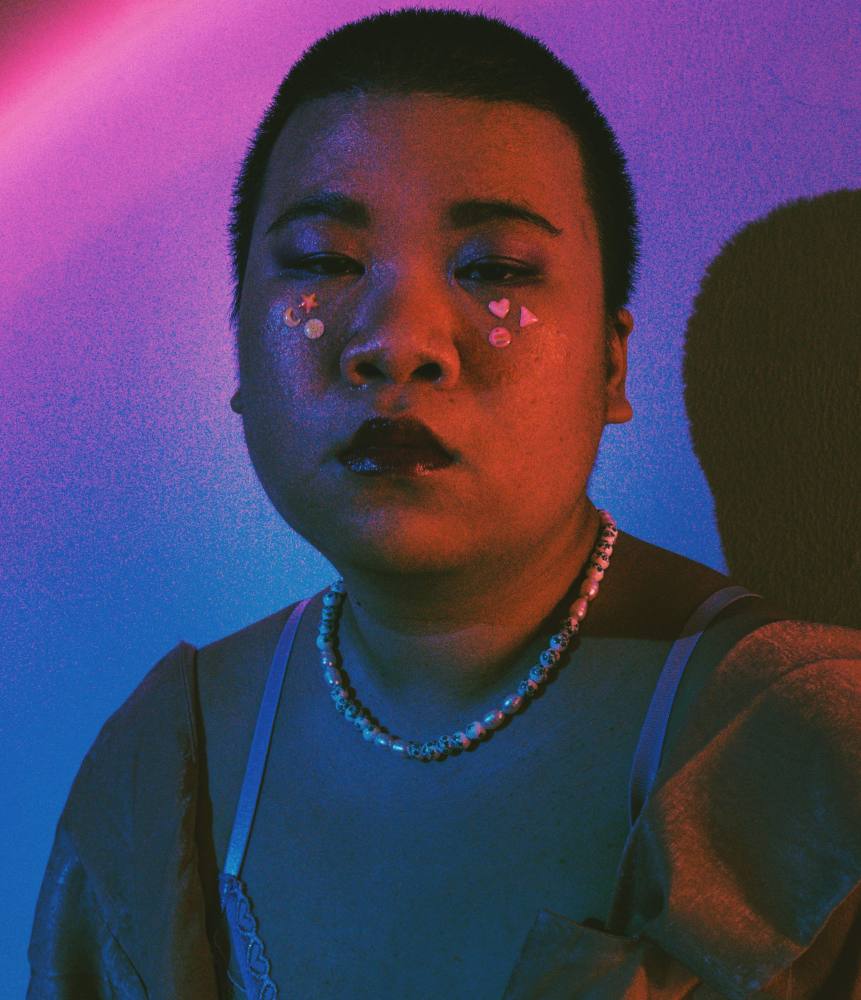
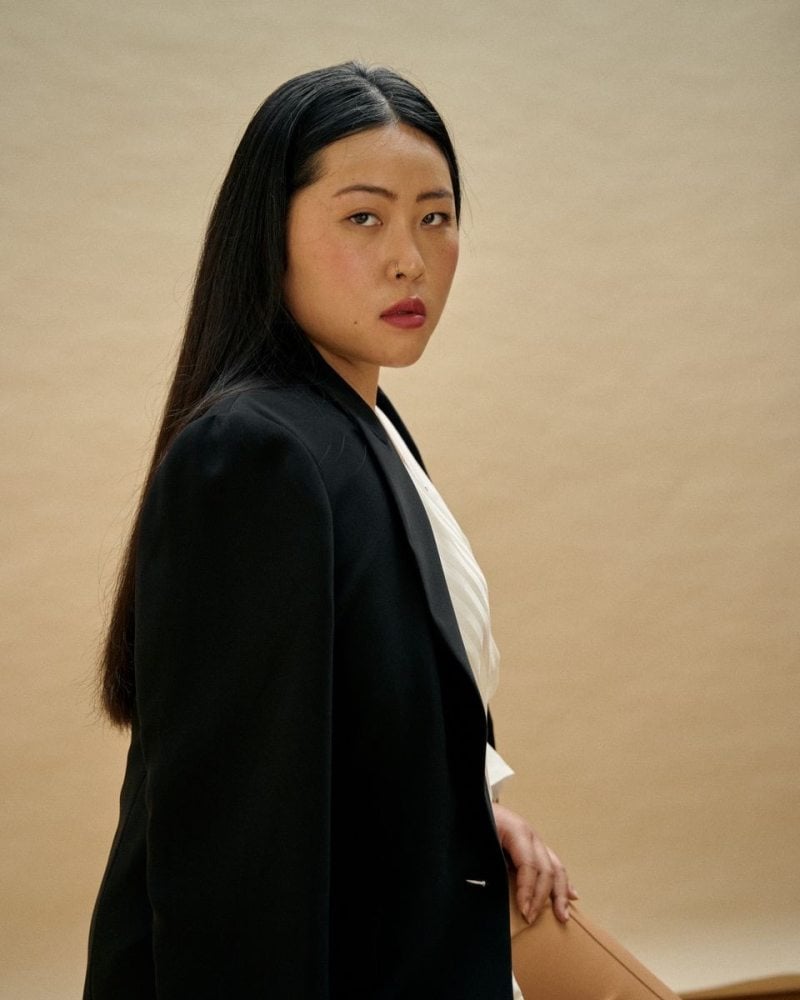
Park was hoping that the change would come from outside her native country. “South Korea loves Western beauty standards,” she says, “So, I thought we would follow up in terms of plus-size fashion.” It turned out to be more complicated than expected.
“Not everybody is petite, tiny, skinny here,” says Jin Baek, a Korean plus-size model and founder of The Kurve Korea, which is South Korea’s very first size-inclusive model agency. “Asia has difficulties acknowledging it, but so does the West.”
Founded by Baek in 2020, The Kurve Korea has more than 20 models signed with the company, including Park, ranging from medium-large size to 3XL. Some of them were featured in publications such as Allure, Marie Claire Korea, Vogue, Dazed and Cosmopolitan.
Reaching out to these prestigious international names is a daily fight for Baek: “We expect more opportunities from them, but the reality is different.”
To advertise their products in Asia, foreign plus-size brands usually prefer to involve non-local models, she explained: “As if we were not pretty enough for our own people.”
Finding contracts abroad doesn’t seem to be the solution, either. Baek had problems registering her models for a competition organised by the British agency Ms Curvaceous.
Even though their admissions started at the UK size 10-12 (medium-large), none of The Kurve Korea’s models were selected as Baek was told they were too small.
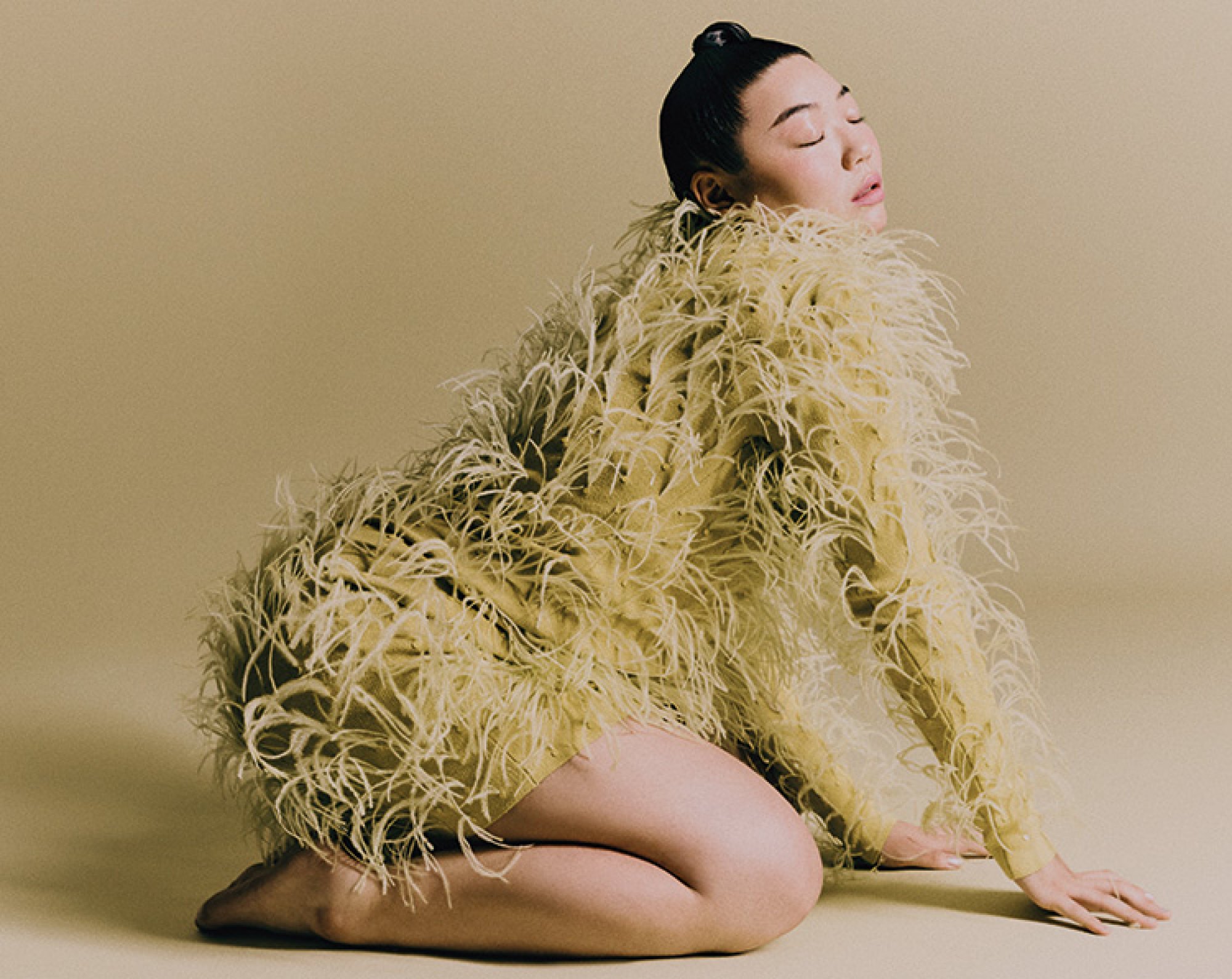

“So, bigger Asian women are too fat for Asian standards, but not enough for the rest of the world,” she says. “Where are we supposed to fit?”
Ratnadevi Manokaran, a Malaysian activist and the founder of plus-size clothes shops The Curve Cult and Adevi Clothing, explains that this injustice is deeply rooted in Eurocentrism. The bigger you are, the darker you are, the less representation you get, she says.
When she was working at her shop, Ratnadevi recalled meeting clients who felt isolated, depressed, and who never dared wear sleeveless shirts because it wasn’t flattering.
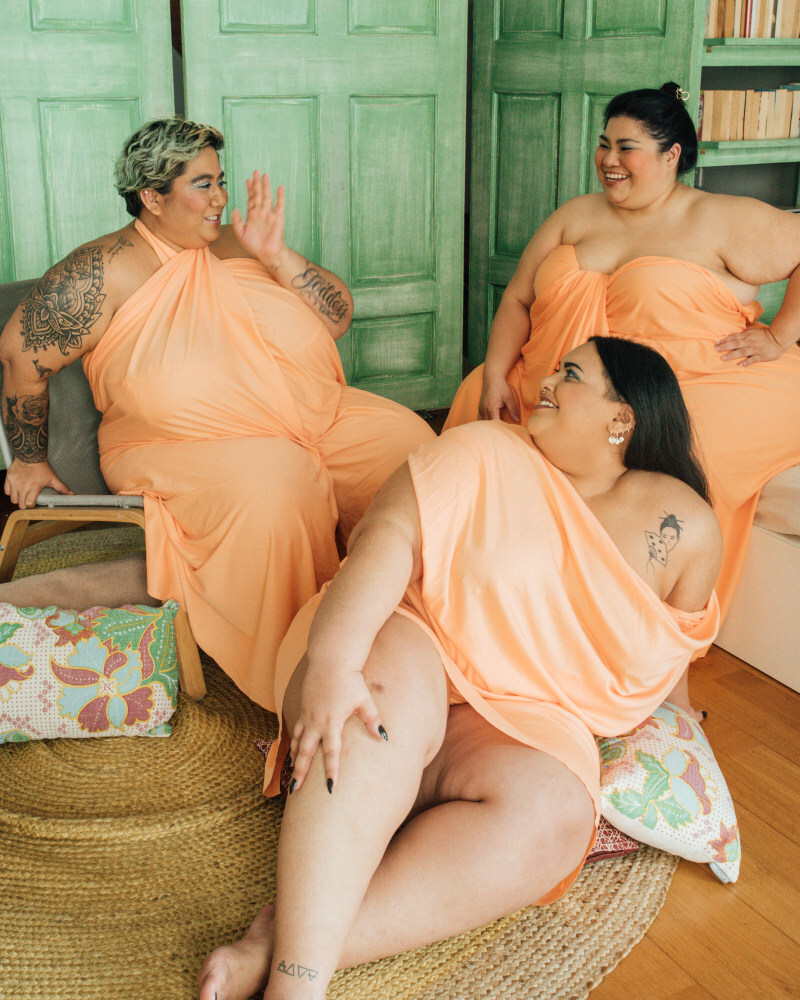
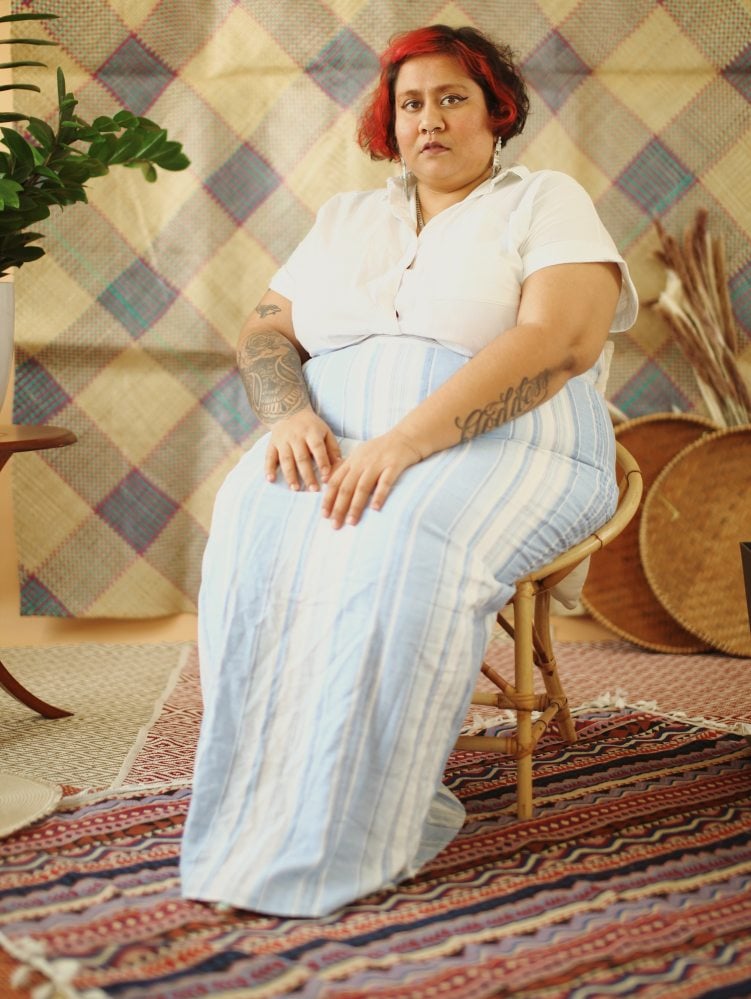
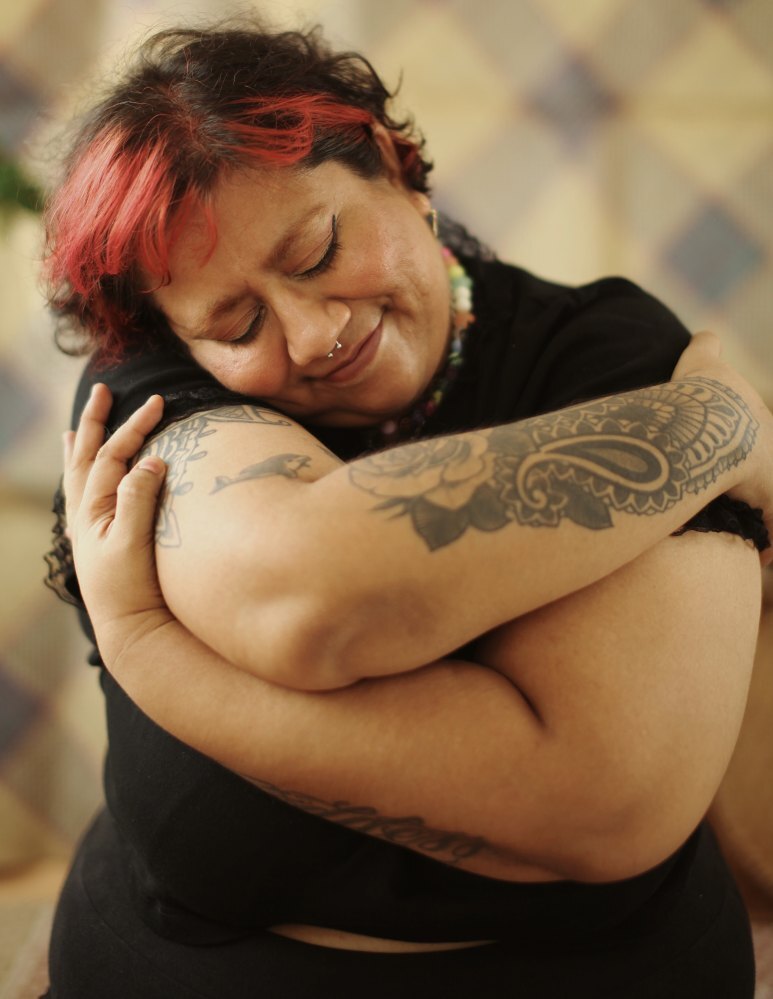
“The very few plus-size models you can find in Malaysian commercials and magazines are all acceptably fat white women. This is not helping, this is not the representation we need,” she says.
The popularisation of plus-size fashion, intimately linked with body positivity, was aimed to promote the acceptance of all bodies. But in reality, the Asian plus-size community doesn’t feel represented at all. This adds another layer to the daily prejudices that already exist.
“Between medical fatphobia, discrimination on the job market, and daily criticism from strangers and loved ones, we have enough to deal with,” says Ratnadevi.
Yumi Nu becomes first Asian plus-size Sports Illustrated swimsuit model
Obesity has been associated with depression for years now. Weight control failure has also been associated with an increased risk of suicide among obese women. “[But] an inclusive plus-size fashion community would make a big difference,” she says.
Ratnadevi admits that diversity is slowly coming to the plus-size fashion industry. “Now you can find a minority of mixed white Asians, or very pale East Asian models. But we still have no representation for South and Southeast Asia,” she says.
Giving visibility to plus-size models who are challenging current trends is the way to go, she concludes.





